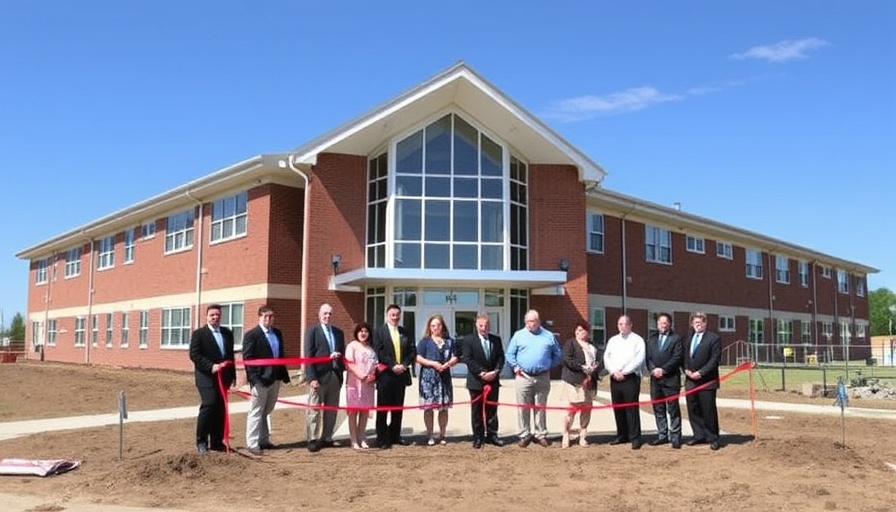
The Lingering Impact of Redlining: A Path to Inequity
The practice of redlining, initiated in the 1930s, continues to reverberate through American society, especially in health care. Residents of historically redlined communities face significantly slower emergency medical services (EMS) response times, leading to terms of mortality and deep health disparities. A revealing study highlighted in JAMA Network Open underscores how systemic racism in infrastructure still affects residents' lives today.
Understanding the Study: A Closer Look
In a comprehensive analysis covering 236 cities, researchers examined the locations of EMS centers in conjunction with period maps created by the Home Owners’ Loan Corporation. These maps, which categorized neighborhoods by their desirability for mortgage lending, consistently demonized majority-Black areas. The results were startling: neighborhoods formerly graded as “D” by lending standards saw about 7% of residents lacking prompt EMS access—much higher than the 4% of residents in “A”-graded neighborhoods.
Redlining and Its Health Consequences
This research not only quantifies the disparities in emergency response times, but it also links these disparities to broader health issues in redlined neighborhoods. Areas across the nation still reflect the disparity of EMS response times along racial lines, particularly 'D'-graded neighborhoods in the Great Lakes region. With lower life expectancies and increased exposure to pollutants, the ripple effects of redlining are profound and far-reaching.
Changing Perspectives: Current Response Strategies
While the evident disparity is alarming, the challenge remains to improve emergency services in these neglected communities. Experts suggest that enhanced tracking and accountability for EMS response in urban areas predominantly populated by residents of color could help ameliorate these longstanding inequities. The conversation now shifts to the actions that local government and health organizations can take to rebuild trust and ensure equitable health care access.
Reflecting on Systemic Racism and Health
Redlining, while legally defunct, casts a long shadow over American society. The research illustrates how entrenched policies fortifying systemic racism lead to detrimental health outcomes, particularly for marginalized communities. Addressing these inequities is not merely a health initiative but a moral obligation to correct the historic wrongs of discriminatory practices and ensure every person deserves equal attention in emergency services.
Empowering Communities: Action Steps
To foster a fairer healthcare landscape, it is essential for community members, local leaders, and policymakers to engage in dialogue about these issues. Grassroots initiatives can advocate for the establishment of more EMS stations in underserved areas, ensuring improved response times and proximity to medical facilities. Public awareness and persistent advocacy will be critical in recalibrating the systemic structures that continue to propagate inequality.
The Takeaway: Bridging the Gap
Understanding these challenges and working towards dismantling the legacy of redlining in health care will require conscious effort, education, and policy adjustments. As discussed, inequitable EMS response times are only the tip of the iceberg. Support from citizens, advocacy groups, and the government is vital in creating sustainable improvements and fostering resilience among affected communities.
In conclusion, it is clear that the legacy of redlining impacts health care availability and outcomes. By mobilizing collective community action and bringing awareness to this issue, we can advocate for more equitable practices that protect the health of all residents. Discover more about this issue and learn how you can contribute to improving health equity in your community.
 Add Row
Add Row  Add
Add 




Write A Comment